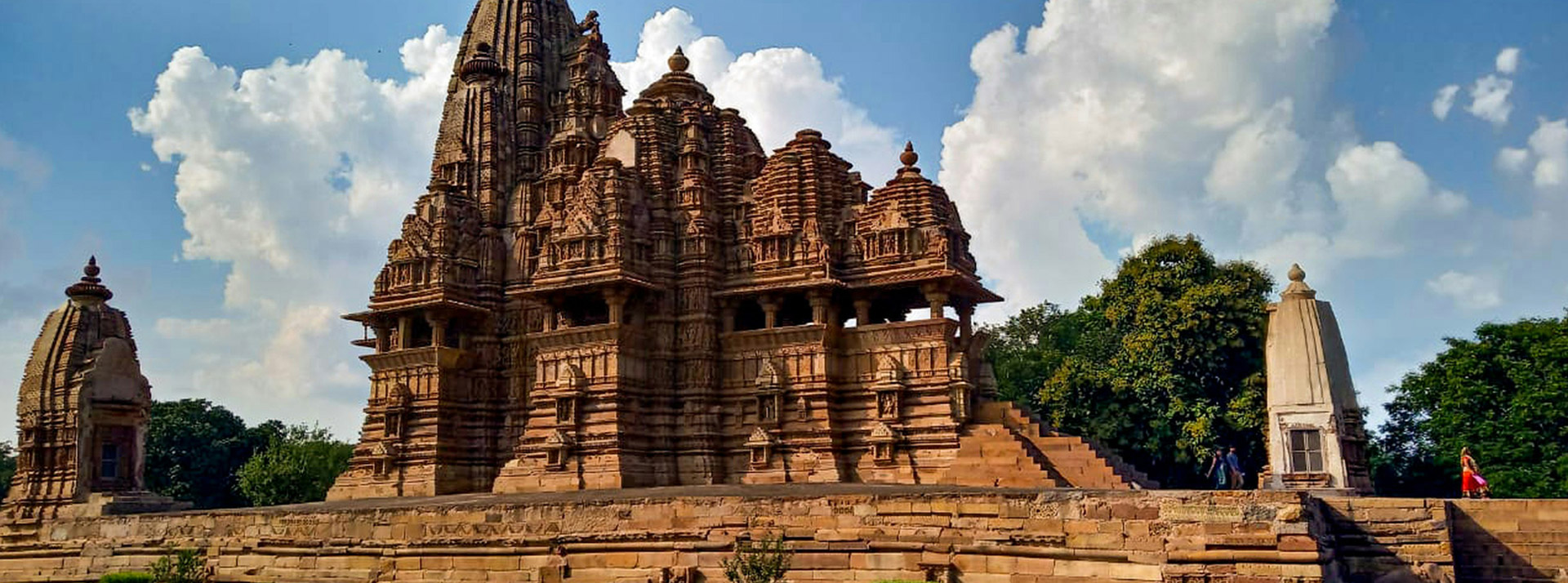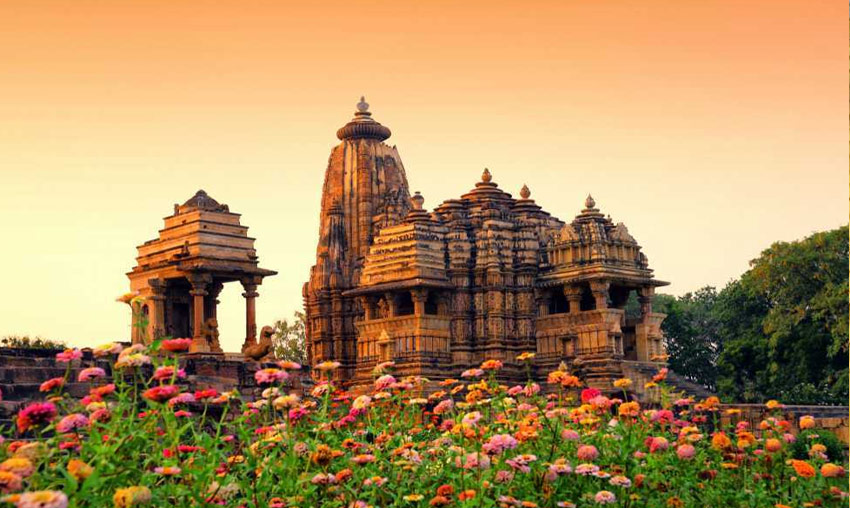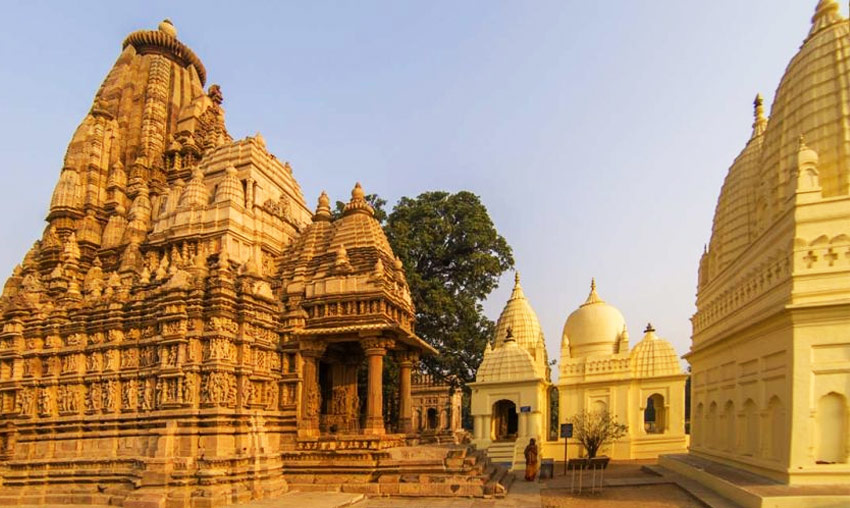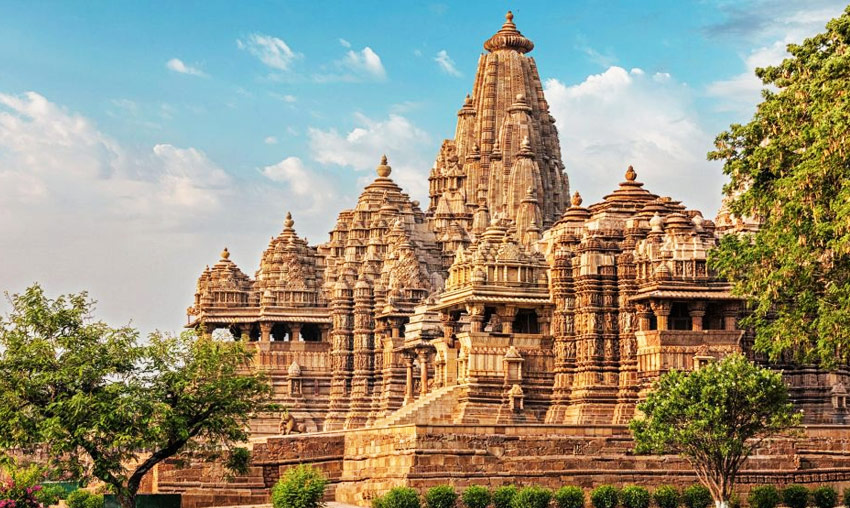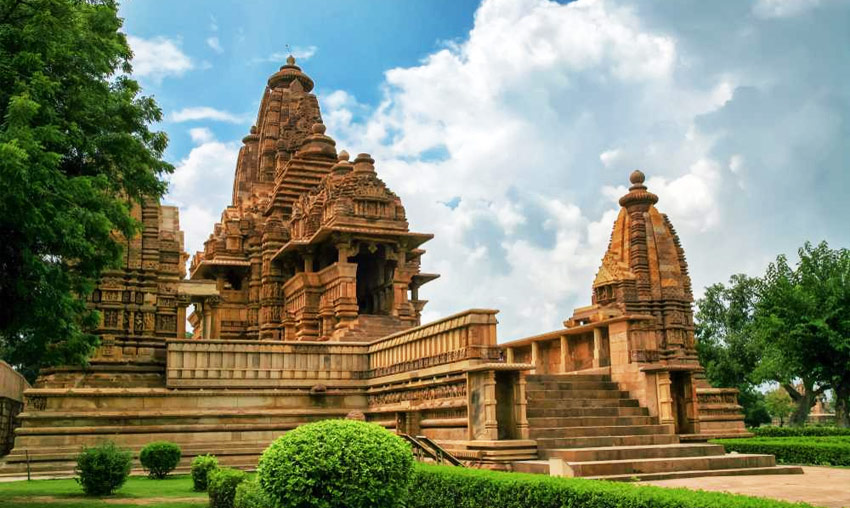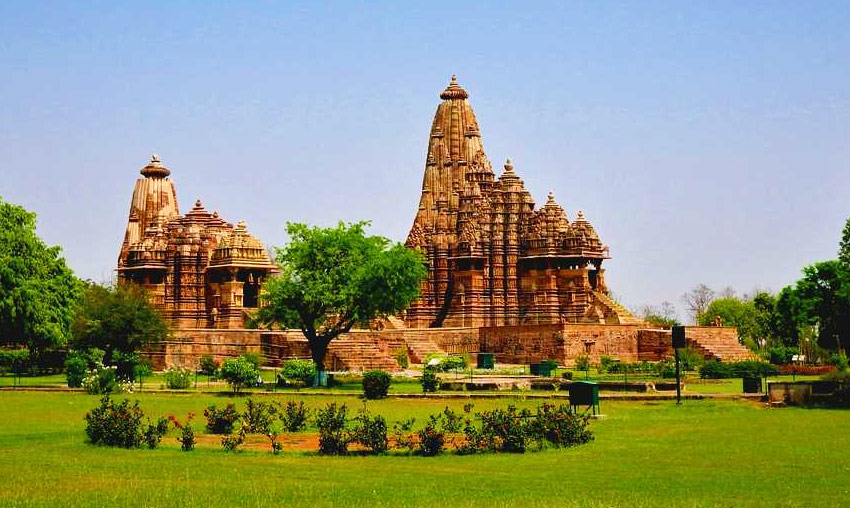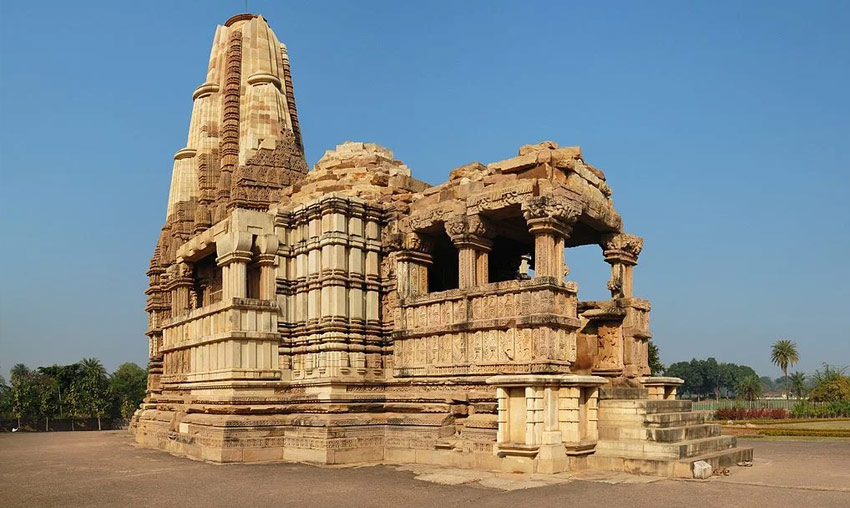Khajuraho - The Architectural Masterpiece
Khajuraho, in Madhya Pradesh, is a UNESCO World Heritage Site that is well-known worldwide for its breathtaking temples that are embellished with sensual and erotic carvings. Khajuraho, a small hamlet in the Bundelkhand region, is a remarkable example of medieval Indian architecture and culture. These Hindu and Jain temples' architecture captures the sensual aspects of love, and the wall sculptures show affection in the most beautiful yet sensual ways. Constructed between 950 and 1050 AD, these carvings' blatantly confrontational style stands in stark contrast to traditional Indian notions of sexuality, captivating the attention of onlookers alike.
This little hamlet is a prime example of the elegance of India's cultural and artistic legacy because art is deeply ingrained in all of its buildings. The greatest thing about Khajuraho is that, despite numerous robbers' attempts to demolish the entire complex—which at one point had a startling 85 temples and caverns—they were never able to accomplish it.
More on Khajuraho Travel
Khajuraho Statues:
These shrines were initially constructed by the Chandela monarchs to symbolize the finest forms of lust and love. You will undoubtedly be horrified by some sculptures, amazed by others and their unadulterated beauty, let down by others and left in disbelief by still others. The sensual sculptures of Khajuraho are surrounded by a number of tales. According to one of these tales, the moon god was drawn to a young woman who was taking a moonlit bath in a lake. She reared her son by herself after fleeing to the forest. God of the Moon offered her son a kingdom of his own in return.
According to this legend, her son became the first Chandela king and, inspired by her mother's tale, ordered the construction of the monuments. A few experts postulated that the statues served as sex education tools for the Chandela dynasty. There are many who claim that the engravings represent "good luck." Some claim that the carved figures of love are only found outside the temples, and that their message is to give up all worldly pleasures and passion before entering the temples. This suggests that the figurines are a metaphor for the Hindu concept of liberation known as "moksha."
The sculptures are divided into five major groups. The Shilpshastras, or Jain Tirthankaras, are the first category. Among other images, the second group depicts the gods, attendants, ganas, gandharvas, and Ashta dikpalas. The apsaras, also known as the sapna sundaris, are represented by the third category. These sculptures show incredibly attractive ladies performing everyday tasks like caring for a child, painting, dancing, or just taking off their clothes. Scenes from daily life are portrayed in the fourth category, including those involving warriors, dancers, musicians, the royal court, teachers, students, etc. The very renowned sexual photos of group sex, unnatural sex, etc. are found in the fifth and final category.
History Of Khajuraho:
The Khajuraho temples were constructed one by one over a hundred years by the Chandela kings. Around the end of the eleventh century, Abu Rihan-ul Biruni wrote several writings that contain the earliest known mention of the temples. The temple complex expanded over the course of the 12th century, and once the Chandela monarchs were overthrown, Qutb-Uddin Aibak, the Sultan of Delhi, became the owner of it. The Muslim authorities took care of and preserved the temples in the years that followed. Because they were in desolate areas, some of the temples suffered from disfigurement and vandalism over time and went unmonitored. British engineer T.S. Burt later found the temples again in 1830 and worked to restore them.
Khajuraho Temples & Caves:
This is a major factor in the massive influx of visitors to Khajuraho. This location is most known for a collection of Hindu and Jain temples that the Chandela dynasty's monarchs built side by side between 950 and 1050 AD. Witnessing Hindu and Jain temples coexisting side by side, the location is a model of religious tolerance. One remarkable aspect of this well-known location is the sensual sculpture that adorns the walls, portraying many poses of intense love as they appear in the epic Kamasutra by Vatsyayana.
Best time to visit Khajuraho:
The winter months of October through February are the ideal times to visit Khajuraho. The beautiful weather of the winter is perfect for sightseeing. The building's exquisite carvings may be examined up close, and entering the museums will astound you with their amazing collection of artifacts. Summers and monsoons are not the best times to go because of the intense heat and humidity, which could ruin your plans.
